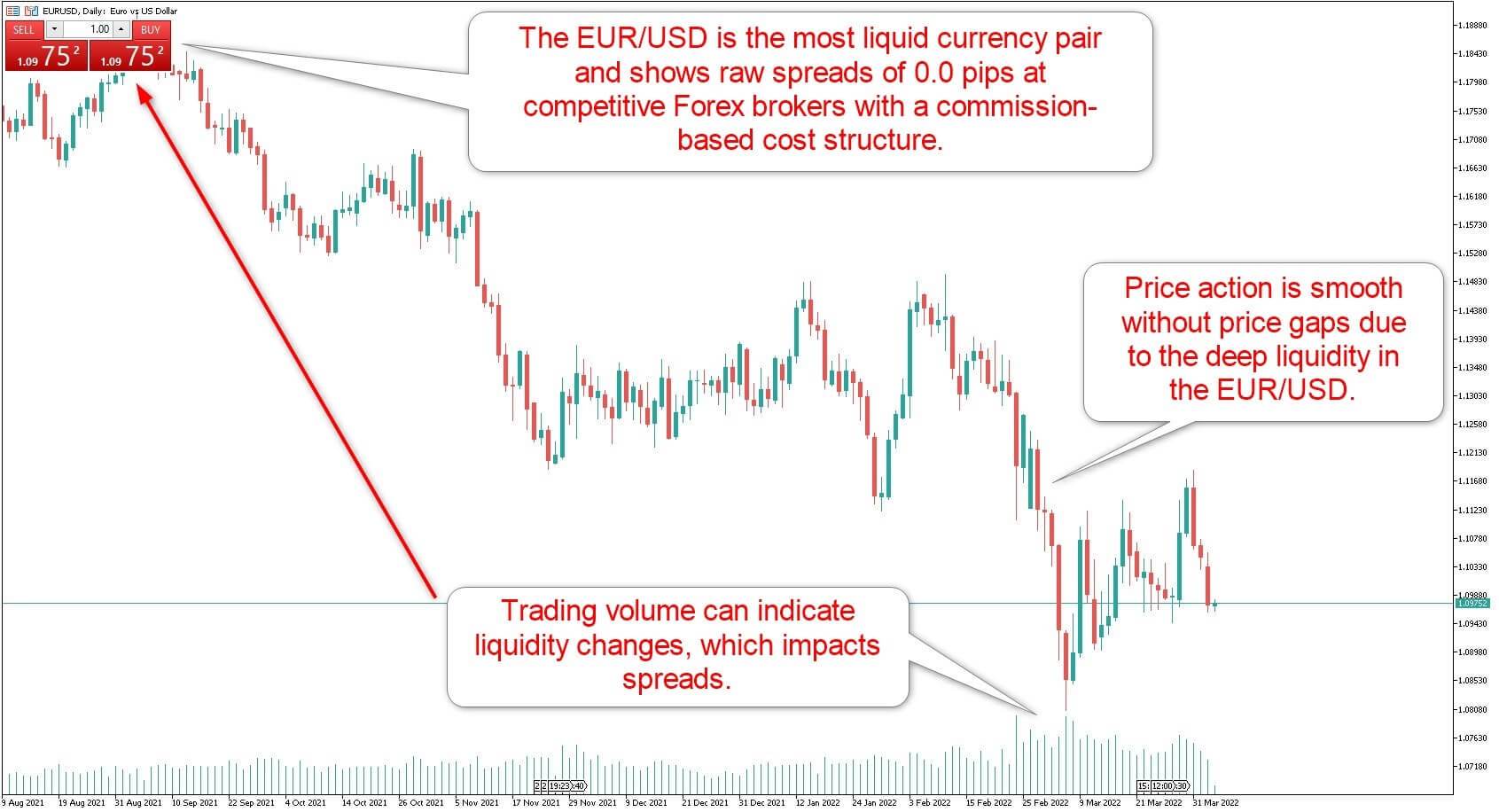
The S&P 500 will give you a decent return. This index can be used to diversify your portfolio in the most secure and cost-effective manner. It mimics the returns of all major U.S. indices and costs only a small fraction of the cost of a mutual fund.
The S&P 500 is the best way to get a great return on your investment.
Investing in the S&P 500 offers many benefits, including low cost and diversification. You can buy individual stocks of companies in the S&P 500, or invest in an index fund to mimic the entire S&P 500. Index funds are popular investments for retirement accounts and other goals, and can be purchased through a brokerage account. Many of them also offer tax benefits.
The S&P 500 is the most popular index for Wall Street, and it gives investors an instant read on the general performance of the market. You can also add securities that closely mimic the S&P 500 to your portfolio. Research shows that stocks that closely mirror the index are 90% more likely to earn a good return.

Long-term investors might find it lucrative to invest in the S&P 500. If you buy an ETF/mutual fund, the annual return on the S&P 500 is around 8%. The individual stocks you invest can have different returns.
It is a low cost way to diversify portfolios
Diversification is important for investors who want to minimize risk and maximize returns. It means diversifying your portfolio across markets, asset classes, and even industries. This allows for you to attain the desired levels and returns at a very low cost. Diversification can also help reduce the emotional impact on your investments. Warren Buffet famously stated that investing is only possible if you can control your emotions.
One of the best ways of diversifying your portfolio is to invest in a mix of assets such as equities or corporate bonds. But, investing in just one asset group is risky. It may not perform well as the whole market. A diversified portfolio helps you ride out market swings and reduce your overall risk.
A way to invest the s is by buying index funds that track S&P 500. These index funds provide excellent diversification and low costs. These funds typically own the majority of the stocks listed in the benchmark index, and sell shares to investors.

It mimics all U.S. indices' returns
Passive index investing can be a low-cost and popular way to replicate popular indices. Index funds use a weighted formula to calculate performance. Higher market capitalization companies are given more weight in the formula. This will mean that their performance is more closely related the overall market.
FAQ
Is stock marketable security a possibility?
Stock is an investment vehicle that allows you to buy company shares to make money. You do this through a brokerage company that purchases stocks and bonds.
You can also directly invest in individual stocks, or mutual funds. There are actually more than 50,000 mutual funds available.
The key difference between these methods is how you make money. Direct investment allows you to earn income through dividends from the company. Stock trading is where you trade stocks or bonds to make profits.
In both cases you're buying ownership of a corporation or business. If you buy a part of a business, you become a shareholder. You receive dividends depending on the company's earnings.
Stock trading offers two options: you can short-sell (borrow) shares of stock to try and get a lower price or you can stay long-term with the shares in hopes that the value will increase.
There are three types of stock trades: call, put, and exchange-traded funds. You can buy or sell stock at a specific price and within a certain time frame with call and put options. ETFs, which track a collection of stocks, are very similar to mutual funds.
Stock trading is very popular since it allows investors participate in the growth and management of companies without having to manage their day-today operations.
Stock trading is a complex business that requires planning and a lot of research. However, the rewards can be great if you do it right. This career path requires you to understand the basics of finance, accounting and economics.
What is a REIT?
A real-estate investment trust (REIT), a company that owns income-producing assets such as shopping centers, office buildings and hotels, industrial parks, and other buildings is called a REIT. They are publicly traded companies which pay dividends to shareholders rather than corporate taxes.
They are similar to corporations, except that they don't own goods or property.
How do I choose a good investment company?
You want one that has competitive fees, good management, and a broad portfolio. The type of security in your account will determine the fees. Some companies charge nothing for holding cash while others charge an annual flat fee, regardless of the amount you deposit. Others may charge a percentage or your entire assets.
You should also find out what kind of performance history they have. If a company has a poor track record, it may not be the right fit for your needs. You want to avoid companies with low net asset value (NAV) and those with very volatile NAVs.
Finally, you need to check their investment philosophy. To achieve higher returns, an investment firm should be willing and able to take risks. If they're unwilling to take these risks, they might not be capable of meeting your expectations.
What are the benefits to investing through a mutual funds?
-
Low cost - purchasing shares directly from the company is expensive. It's cheaper to purchase shares through a mutual trust.
-
Diversification - Most mutual funds include a range of securities. One security's value will decrease and others will go up.
-
Management by professionals - professional managers ensure that the fund is only investing in securities that meet its objectives.
-
Liquidity: Mutual funds allow you to have instant access cash. You can withdraw your funds whenever you wish.
-
Tax efficiency - Mutual funds are tax efficient. You don't need to worry about capital gains and losses until you sell your shares.
-
There are no transaction fees - there are no commissions for selling or buying shares.
-
Mutual funds are easy to use. You only need a bank account, and some money.
-
Flexibility - you can change your holdings as often as possible without incurring additional fees.
-
Access to information - You can view the fund's performance and see its current status.
-
You can ask questions of the fund manager and receive investment advice.
-
Security - You know exactly what type of security you have.
-
Control - you can control the way the fund makes its investment decisions.
-
Portfolio tracking allows you to track the performance of your portfolio over time.
-
Easy withdrawal - You can withdraw money from the fund quickly.
Disadvantages of investing through mutual funds:
-
Limited investment options - Not all possible investment opportunities are available in a mutual fund.
-
High expense ratio – Brokerage fees, administrative charges and operating costs are just a few of the expenses you will pay for owning a portion of a mutual trust fund. These expenses can reduce your return.
-
Lack of liquidity-Many mutual funds refuse to accept deposits. They must be purchased with cash. This limit the amount of money that you can invest.
-
Poor customer service - there is no single contact point for customers to complain about problems with a mutual fund. Instead, you should deal with brokers and administrators, as well as the salespeople.
-
Risky - if the fund becomes insolvent, you could lose everything.
What role does the Securities and Exchange Commission play?
Securities exchanges, broker-dealers and investment companies are all regulated by the SEC. It enforces federal securities laws.
Statistics
- Even if you find talent for trading stocks, allocating more than 10% of your portfolio to an individual stock can expose your savings to too much volatility. (nerdwallet.com)
- US resident who opens a new IBKR Pro individual or joint account receives a 0.25% rate reduction on margin loans. (nerdwallet.com)
- "If all of your money's in one stock, you could potentially lose 50% of it overnight," Moore says. (nerdwallet.com)
- For instance, an individual or entity that owns 100,000 shares of a company with one million outstanding shares would have a 10% ownership stake. (investopedia.com)
External Links
How To
How to create a trading strategy
A trading plan helps you manage your money effectively. It helps you understand your financial situation and goals.
Before you start a trading strategy, think about what you are trying to accomplish. You might want to save money, earn income, or spend less. If you're saving money, you might decide to invest in shares or bonds. You could save some interest or purchase a home if you are earning it. Maybe you'd rather spend less and go on holiday, or buy something nice.
Once you have a clear idea of what you want with your money, it's time to determine how much you need to start. This depends on where you live and whether you have any debts or loans. Consider how much income you have each month or week. The amount you take home after tax is called your income.
Next, you need to make sure that you have enough money to cover your expenses. These expenses include bills, rent and food as well as travel costs. Your monthly spending includes all these items.
You will need to calculate how much money you have left at the end each month. This is your net available income.
This information will help you make smarter decisions about how you spend your money.
You can download one from the internet to get started with a basic trading plan. Ask someone with experience in investing for help.
Here's an example: This simple spreadsheet can be opened in Microsoft Excel.
This will show all of your income and expenses so far. Notice that it includes your current bank balance and investment portfolio.
And here's another example. This was designed by a financial professional.
It shows you how to calculate the amount of risk you can afford to take.
Don't try and predict the future. Instead, put your focus on the present and how you can use it wisely.